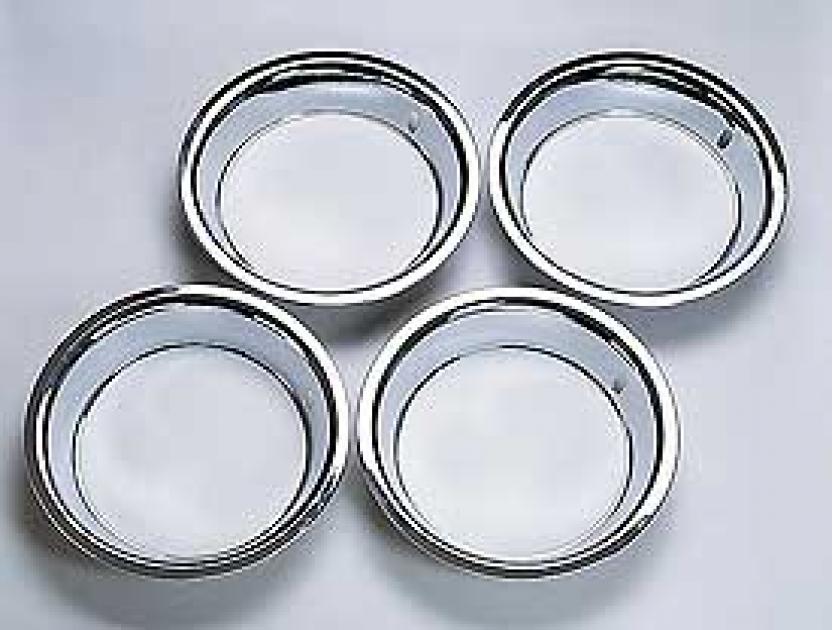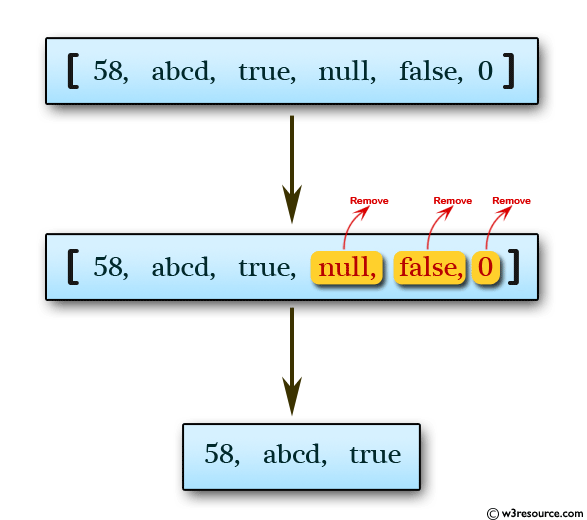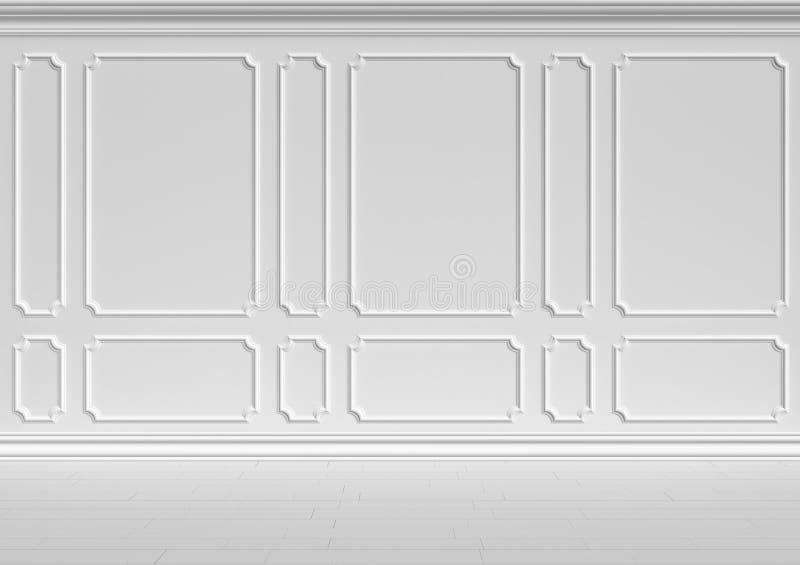

Yes, even if you are just sending emails. If you are dealing with text in a computer, you need to know about encodings. What every programmer absolutely, positively needs to know about encodings and character sets to work with text
#TRIM NUL CODEPOINTS CODE#
We can do that ourselves - no, really! Well, we can try anyway.Ĭ code // in `print.What Every Programmer Absolutely, Positively Needs to Know About Encodings and Character Sets to Work With Text If we want to really separate characters, Which corresponds to what we've seen earlier - "é" is "c3 a9". So we fill them from right to left, first the last 6 bits: We can see in the lower part that two-byte UTF-8 sequences give us 11 bits of storage:ĥ bits in the first byte, and 6 bits in the second byte. We know we're going to need two bytes, so we should have something like this: So, for "é", which has codepoint U+00E9, its binary representation is "11101001", and If a byte starts with 10, it means it's a continuation of a multi-byte character sequence.If a byte starts with 11110 it means we'll need four bytes.If a byte starts with 1110 it means we'll need three bytes.If a byte starts with 110 it means we'll need two bytes.How does UTF-8 do multi-byte encoding? With bit sequences! Is "e9" - we usually write codepoints like so: "U+00E9".Īnd 0圎9 is 233 in decimal, which is greater than 127, so, it's not ASCII, and we need The same basic principle, each character has a value, so in Unicode, the number for "é"
#TRIM NUL CODEPOINTS PLUS#
So, yeah, ASCII plus multi-byte character sequences, how does it even work? Well, it's

Introduced double-byte characters, because 128 extra characters sure wasn't It's not adequate at all for Eastern european languages,Īnd doesn't even begin to cover Asian languages.īackslash with a yen sign, the tilde with an overline (sure, why not), and It's sorta adequate for languages like French, if you don't care aboutĬapital letters. Those interpretations were named "codepages". Several alternative interpretations of those any value that was greater than Non-ASCII character can fit in those additional 128 values, so there were OfĬourse, there's a lot of languages out there, so not every language's just ASCII, it's ASCII plus 128 characters of our choice. We can just stuff "special characters" in there: But, on modern machines at least, a byte is 8 bits, so there's Since ASCII is a 7-bit encoding, it has 128 possible values: from 0 to 127 Unit, so, a long time ago, someone just decided that if a byte has the value Why is that so? It's a convention! AllĪ computer knows about is numbers, and we often use bytes as the smallest "ABCDEFGHIJKLMNOPQRSTUVWXYZ" and "123456789", and etc., allįor example, the number for "A" is 65. So, characters like "abcdefghijklmnopqrstuvwxyz", Why is "é" encoded as "c3 a9"? It's time for a very quick UTF-8 encoding course. Our C program didn't work - it couldn't work, because it was only seeing "c3"Īnd "a9" individually, when it should have considered it as a single, uh, "Unicode


L.MENT.Īlthough our Node.js program behaves as expected, we can see that É isĪlso different from the other letters, and that the upper-case counterpart


 0 kommentar(er)
0 kommentar(er)
